Slavery and Historical Capitalism during the Nineteenth Century
Slavery and Historical Capitalism during the Nineteenth Century
Edited by
Dale Tomich
LEXINGTON BOOKS
Lanham Boulder New York London
Published by Lexington Books
An imprint of The Rowman & Littlefield Publishing Group, Inc.
4501 Forbes Boulevard, Suite 200, Lanham, Maryland 20706
www.rowman.com
Unit A, Whitacre Mews, 26-34 Stannary Street, London SE11 4AB
Copyright 2017 by Lexington Books
All rights reserved . No part of this book may be reproduced in any form or by any electronic or mechanical means, including information storage and retrieval systems, without written permission from the publisher, except by a reviewer who may quote passages in a review.
British Library Cataloguing-in-Publication Information Available
Library of Congress Cataloging-in-Publication Data
ISBN 978-1-4985-6583-7 (cloth : alk. paper)
ISBN 978-1-4985-6584-4 (electronic)
 The paper used in this publication meets the minimum requirements of American National Standard for Information SciencesPermanence of Paper for Printed Library Materials, ANSI/NISO Z39.48-1992.
The paper used in this publication meets the minimum requirements of American National Standard for Information SciencesPermanence of Paper for Printed Library Materials, ANSI/NISO Z39.48-1992.
Printed in the United States of America
This book is dedicated to the memory of Anthony E. Kaye (19622017), our friend and colleague.
Contents
Dale Tomich
Robin Blackburn
Dale Tomich
Jos Antonio Piqueras
Slavery in Nineteenth-Century Brazil: History
and Historiography
Rafael Marquese and Ricardo Salles
Anthony E. Kaye
This book contributes to the renewal of the debate over slavery and capitalism. The concept of the second slavery provides a perspective through which various historiographical traditions are brought are brought into relation to one another in the framework of Atlantic and world history. This approach at once recuperates older historiographies and proposes new problems and perspectives for future research and interpretation.
The concept of the second slavery (see Tomich 2004) represents the attempt to account for the spatial and temporal specificity of the new frontiers of slave commodity productioncotton in the US South, sugar in Cuba and coffee in Brazilduring the period between the 1820s and 1888 when slavery was abolished in Brazil. These zones of the second slavery are of special interest because their development runs counter to prevailing interpretations of slavery in the Americas. They were formed as parts of a distinct cycle of economic and geographic expansion of the capitalist world-economy that transformed the Atlantic world. This cycle was a part of the world-economic processes of industrialization, urbanization and the restructuring of world markets. These three zones, which had been relatively marginal during the eighteenth century, turned into dynamic poles of the expansion of slavery to meet the growing world demand for cotton as an industrial raw material, and sugar and coffee for consumption by working and middle classes concentrated in the urban centers of the North Atlantic. Their emergence established new commodity circuits that were firmly integrated into the emergent industrial division of labor.
Thus, in contrast to colonial slavery, the new zones of the second slavery presupposed the existence of productive capital and competitive world markets and were a condition for the reproduction of the latter. However, the formation of this new Atlantic division of labor was not just the result of economic forces. It was also shaped by the political forces of the Age of Revolution. The US independence, the Haitian Revolution and Latin American independence destroyed the colonial system in the Atlantic and led to the formation of independent nation-states in the Americas. In this context, the new zones of the second slavery developed against the pressure of efforts to abolish the international slave trade and to consolidate British hegemony over the world-economy and the interstate system as well as vigorous liberal and antislavery movements and ideologies.
Slavery in these new agricultural frontiers was reconfigured in an unprecedented constellation of political and economic forces, and its systemic character and meaning were profoundly altered. At the core of this expansive second slavery was the mass deployment of slave labor and the creation of new productive spaces to meet growing world market demand. Staple production in the new zones of the second slavery had to adapt to competitive and expanding postcolonial markets. Each zone was characterized by the increased geographical and economic scale of production, the expansion and intensification of slave labor, and the incorporation of new production and transportation technologies. Each region led the world in the production of its particular commodity and increased output at an unprecedented rate over the first half of the nineteenth century.
The emergence of these new zones of slave production restructured the overall pattern of Atlantic trade. While the US South became the leading exporter of raw cotton to Britain, the United States became the prime market for Cuban sugar and Brazilian coffee. These zones generated a demand for labor that brought the Atlantic slave trade (legal and illegal, including the internal slave trades of the United States and Brazil) to perhaps the highest level in its history, but the destinations were almost exclusively these new commodity frontiers.
The second slavery represents not only the formation of a new and reconfigured slavery, but also the crisis of colonial slavery. The emergence of the new slave commodity frontiers accelerated the decline of the old colonial spaces that were unable to compete under the new conditions of production and exchange. At the same time, they undermined the colonial division of labor in which competing metropolitan powers attempted to control and manage the sources of production in their Atlantic colonies and to confine trade within politically defined mercantilist circuits. The strategic point of control in the nineteenth century, Atlantic was no longer the sources of production but the flows of commodities. Thus, the second slavery concept calls attention to both the differentiation of slave systems and the coexistence and interdependence of slavery, wage labor and industrial production.
The second slavery perspective is an effort to comprehend slavery as a historical form of capitalism and thus to contribute to the recent revival of interest in rethinking capitalism (e.g., Picketty 2014; Sewell 2012; Sewell 2005; Kocka 2016). It seeks to elaborate a concept of capitalism as a continually changing historical system that is capable of comprehending within a comprehensive analytical framework not only wage labor, but slavery and other forms of social production. This conception of historical capitalism focuses on the interrelation and interaction of historical phenomena. Local research is constructed in a way that reveals the global. Individual local historical-geographical complexes are conceived within broader fields of relations and meaning. They are understood as parts of a continually changing world-economic division of labor comprised diverse forms of social production that is integrated through market relations and networks of political power. The concept of second slavery thus calls attention to the spatial and temporal variability of slavery within the historically constituted capitalist world-economy. Each historical-geographical complex is a specific point of concentration of relations and processes operating on diverse spatial and temporal levels. At the same time, the global whole is made and remade through the historical particulars that comprise it. Role, function and meaning are specific within the historical formation and reformation of the broader whole. This approach provides a means by which we may comprehend the variety and complexity of historically formed global-local relations. It discloses time-space differences between apparently similar phenomenaslavery, plantation, colonialism, etc.
Next page
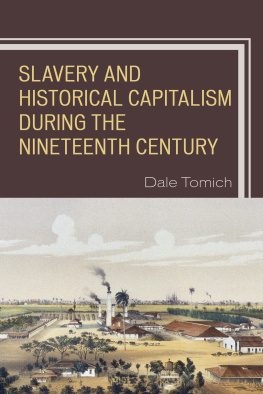



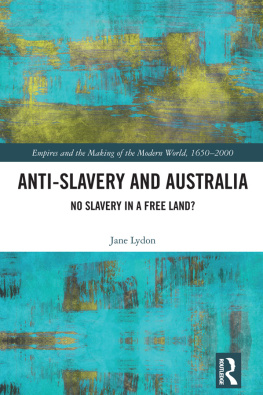
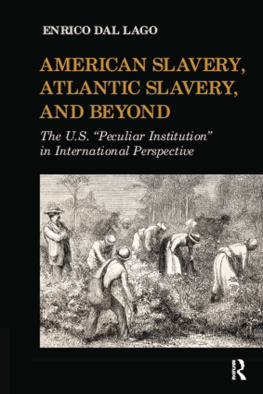
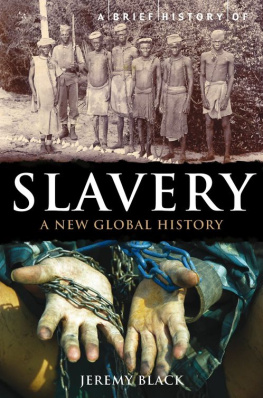
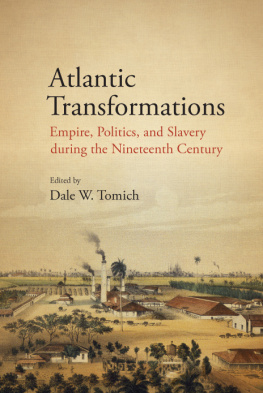
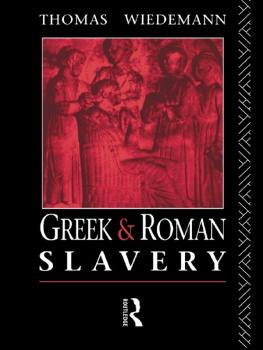
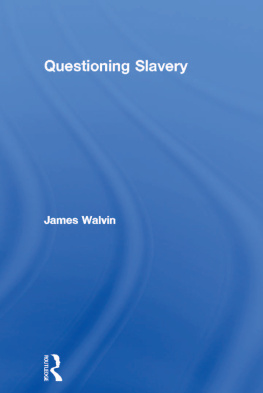
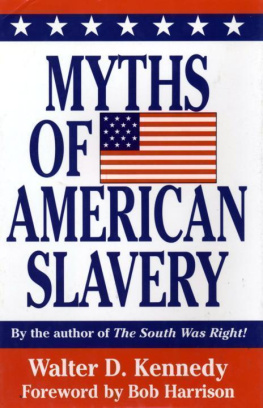
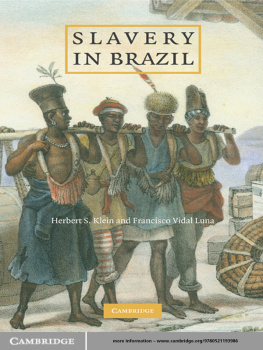
 The paper used in this publication meets the minimum requirements of American National Standard for Information SciencesPermanence of Paper for Printed Library Materials, ANSI/NISO Z39.48-1992.
The paper used in this publication meets the minimum requirements of American National Standard for Information SciencesPermanence of Paper for Printed Library Materials, ANSI/NISO Z39.48-1992.